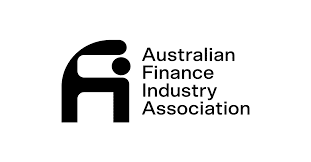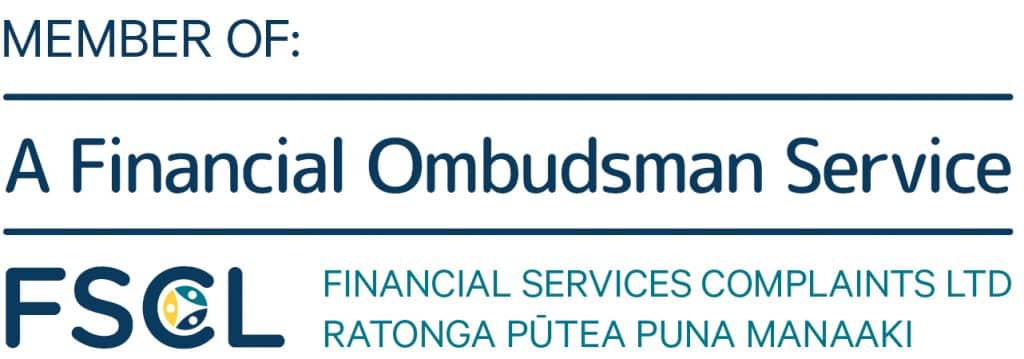Surf the internet and you’ll find that the most reported scams tend to be the costliest, the ones that often bankrupt their victims.
Having stolen billions of dollars from their victims, online investment scams are clearly the most prolific of them all. Binary options scams, forex and CFD scams, cryptocurrency scams are the most widespread among them. They have to be because they’re a veritable industry, employing thousands, even tens of thousands of people in phony brokerages. They’re also a large chunk of those we deal with at MyChargeBack.
Ranking just behind these fake brokerages in terms of publicity are smaller tried and true scams that are here today and gone tomorrow: tax scams, charity scams, lottery scams, credit card scams, phishing. As soon as they’re discovered their operators move on to somewhere else or to something else.
Lost in the maze is the return of the old-fashioned, one-man scams, which are alive and well today due to the internet and the social media.
Want to buy a used car? Diamond ring? Rolex watch? For years now you could find posts hawking just about anything on Craigslist and other such sites. Almost from the beginning, local groups for sellers of second-hand items have proliferated on Facebook, which may have been the genesis of one of the company’s latest ideas. Recently, Facebook rolled out its “Marketplace,” where individuals who reside in the same general area can post items for sale alongside ads placed by retail firms. It’s a natural for Facebook, which enhances the experience by enabling instant communication between buyer and seller via Messenger.
There’s just one problem. How do you know a name brand item for sale in the Facebook Marketplace is genuine? That ought to be more than a theoretical question for Facebook and its subscribers, given the spate of “fake news” items that were posted wholesale during the 2016 presidential election campaign by partisans of all stripes, as well as Russian operatives. Facebook has since promised to implement procedures designed to plug the loopholes that enabled such misleading information to be posted. But how can it verify that a used car that’s offered for sale isn’t stolen, or a diamond isn’t cubic zirconia or a Rolex isn’t an identical but cheap imitation?
Obviously, it can’t. Craigslist can’t. Of course, way back when daily newspapers ran classified ads, they couldn’t either. And scammers know that.
So here are a few tips for anyone who responds to these online ads.
First, take a good look at the picture of the product. If the seller is an individual rather than a retailer, and he posts a stock photo taken from a company website or a promotional brochure, that’s reason to be suspicious. Anyone who posts on Facebook is surely able to take an original photo with his smartphone, which is also a lot easier than going out of his way to reproduce someone else’s picture.
Second, if someone is advertising a diamond ring, Rolex watch or any other item of value, ask him to post the original receipt. If that’s unavailable (maybe it was lost, maybe it was bought second-hand without one) ask if the item is insured. It certainly ought to be. Assuming it is, ask to be sent a copy of the insurance policy or, at least, a jeweler’s estimate. If the owner doesn’t want to go out of his way to get one to prove authenticity, forget it.
Finally, if everything does measure up and you meet the seller to pay and take possession of your purchase, double check that the item you’re buying is the one mentioned in the receipt, insurance policy or jeweler’s estimate. If it’s a car or a watch, make sure the serial number matches. If it’s a diamond or other gem, it’s more complicated. Best to meet the seller at a jewelry shop.
If you have been talked into buying a product that wasn’t the one you thought it was, however, contact us at MyChargeBack for a free consultation to determine is there is an appropriate strategy to recover your money.






